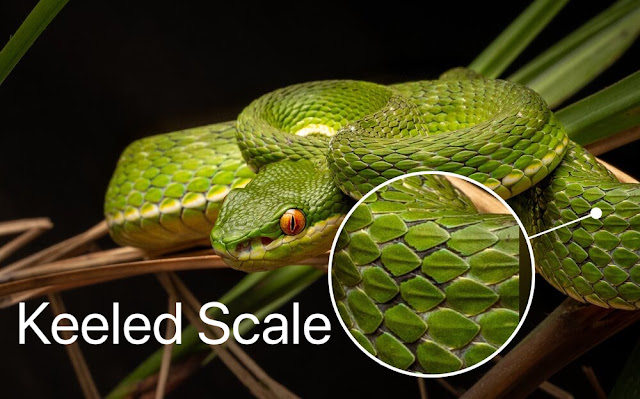Sri Lankan Pit Viper
Sri Lankan Pit Viper (Trimeresurus trigonocephalus) is a moderately venomous snake endemic to Sri Lanka. It is one of the most colourful and attractive snakes in Sri Lanka. It is also arboreal and nocturnal, occasionally descending to the ground in search of food. This sluggish Pit Viper is usually encountered on low shrubs during morning hours. It is widely distributed in all three climatic zones of the island except the higher hills above an altitude of 1000 m and arid zones while relatively common in wet zone grasslands and rain forest areas and occasionally in plantations. It produces live young most of the time during months of June-July and usually a brood varies from 05 to 30. It has effective camouflage and usually makes every attempt to escape and avoid confrontation. Venom can be quite potent and occasionally can prove fatal. Therefore treatment and medical assistance is recommended. Majority of Sri Lankan Pit Viper bites cause only extensive swelling and pain. Kingdom Animal...
